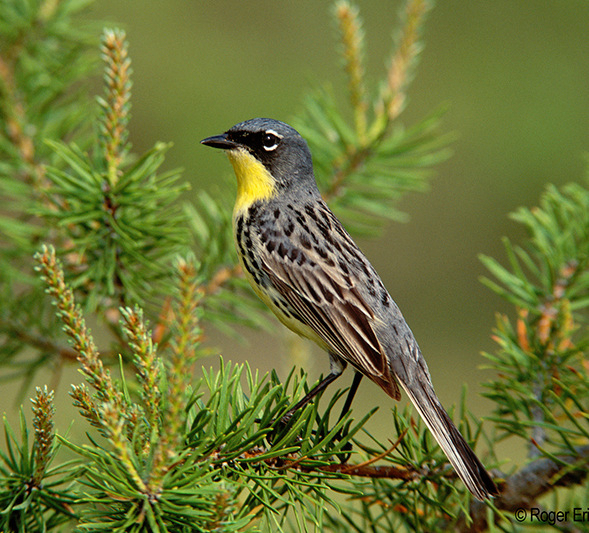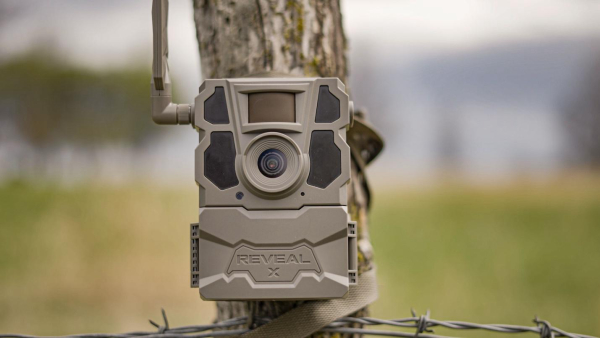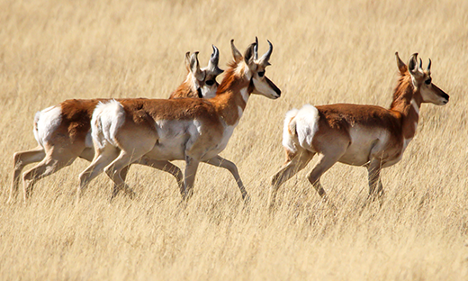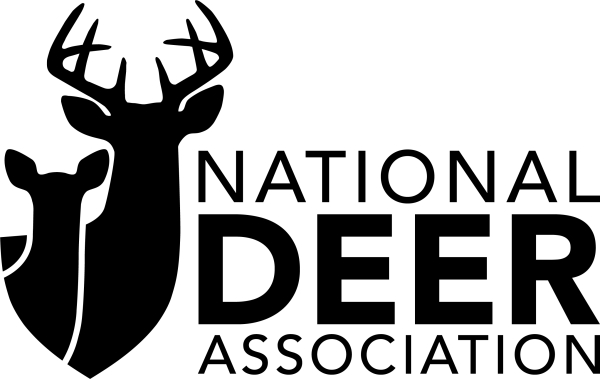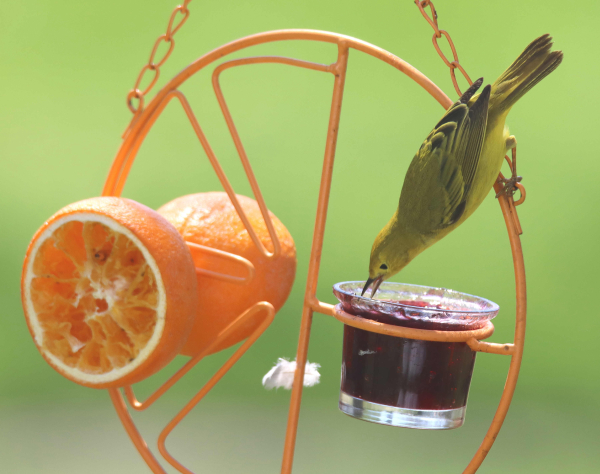By Glen Wunderlich
Charter Member Professional Outdoor Media Association (POMA)
Cameras are everywhere! They’re in the sky, in our vehicles, in doorbells and in our pockets. Ordinary citizens routinely capture images we normally would not see – or, for that matter – believe. Wireless phones that double as cameras do an incredible job, as millions of us already know; however, dedicated digital cameras may be a better choice.
Today’s phones are versatile devices but like so many multi-purpose gadgets, certain functions are compromised. Take for example their size, which I find quite cumbersome. Locating controls can be frustrating, as well. Picture resolution is outstanding with phones but zooming the lens is limited for quality long shots.
After researching various dedicated digital cameras, I wanted to keep things simple and opted for a point-and-shoot Canon Power Shot ELPH 360. It’s designed for the photo novice that wants to capture moments quickly on a budget of $250 or so.
Usually, when outdoors, there is plenty of gear to tote along when hunting or fishing but the slim and compact design of this little gem means it’s no ordeal to slip it into a shirt pocket. Unlike other cameras of the past, there are no detachable lens covers to fumble with, either; the lens has an automatic cover that operates when the camera is turned on or off.
The 12x optical zoom can really bring wildlife up close, but at full magnification, resolution suffers. But, if one wants to count antler points or locate bullet holes in a target downrange, it will suffice.
The 20.2 Megapixel CMOS sensor and image processor deliver detailed photos thanks to the optical image stabilizer, which separates it from the shakiness of a phone. With a little practice and technique, it can make panning appear to have been done on a tripod!
No matter what type of camera is chosen, here are a few tips to make viewing your videos a more enjoyable experience.
* When panning, do so slowly. Begin by facing the end of the pan and then without moving your feet, twist into the beginning position. Start the pan by holding the camera still for a few seconds, then slowly and steadily move it to the ending position – again with a good pause at completion of the shot.
* To improve resolution, compose shots by getting closer to the target image rather than using a zoom mode.
* Minimize movement with the camera by allowing the motion of the shot to tell the story. Nobody wants to watch never-ending camera movement by the operator.
There are many dedicated, point and punch cameras on the market and YouTube has comparisons so that one can decide what options suits one’s needs and budget. Like many technological marvels, having access to the internet is crucial, because there are no written instruction manuals in most cases. But, having the ability to watch product demonstrations is a good way to make decisions before spending that hard-earned cash.
